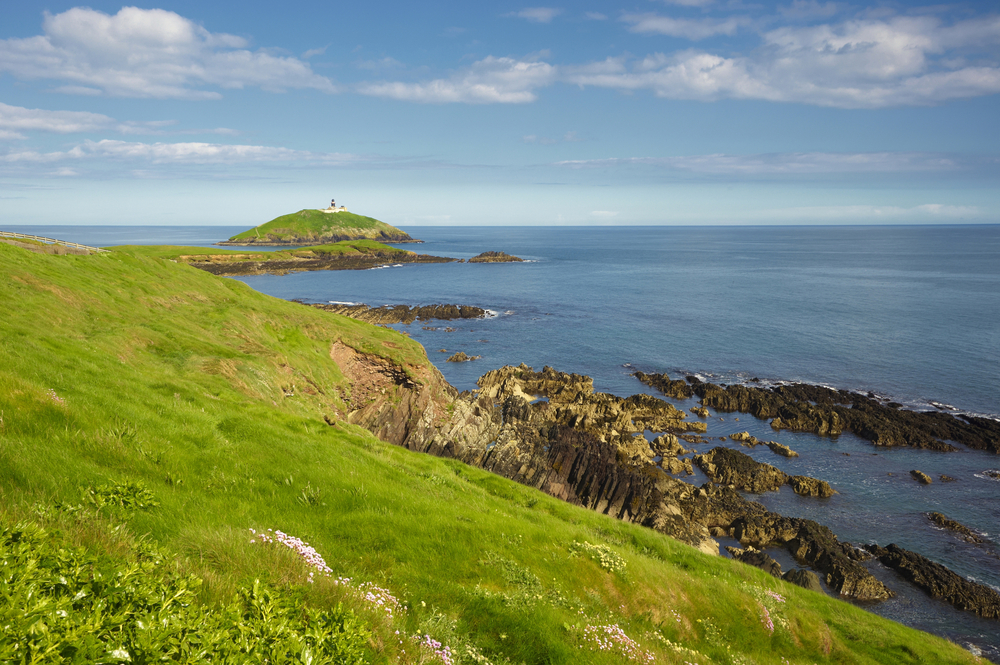Many visitors come to Ireland for its vibrant culture and history, its art, music and its alcoholic beverages. But nobody should underestimate the scenery. A land with higher mountains than England’s Lake District, the longest river in the British Isles and one entire seaboard that faces across the Atlantic, Ireland has a wealth of wonderful scenery – and Ballycotton Cliff in County Cork is one of its great highlights.
Located by Ballycotton village, this is not Ireland’s most famous sea cliff – Slieve League and the Cliffs of Moher fight out that title – but the views from this walk are spectacular nonetheless. The walk starts near the village, where a car park marks the end of the road and a sign detailing the bird life – some 300 species – that can be seen is an instant indicator of what kind of wildlife wonders await. The nesting birds will be of particular interest to twitchers, but the walk will have loads for everyone to enjoy. It should be noted the path along the clifftop is not suitable for horses, bikes or buggies, but it is easy to follow. The Irish Sea will always be on your left and the path is usually tracked by a fence separating it from farmers’ fields.
There will be the odd stile to cross, but otherwise the walking is easy going. You won’t need hiking boots, but high heels should definitely be left back at the hotel. For those who love beaches, there are points where it is possible to descend to one, such as Ballytrasna, which is reached after about half an hour and very secluded. It’s a well-kept local secret and it’s easy to see why people want to keep it that way.
Further on is the highest point of the walk, a hilltop known as Spine Cop, although residents of the next village – Ballyandreen – call it The Hump. Having reached Ballyandreen, walkers can either retrace their steps back to Ballycotton – making the whole walk a 4.6 km trek – or turn the walk into a circular one by taking the road back inland. As the latter is longer and less scenic, there is no doubt about the best choice.









